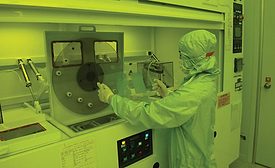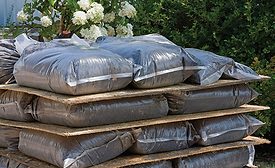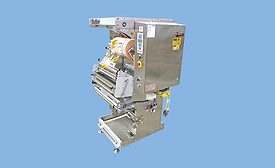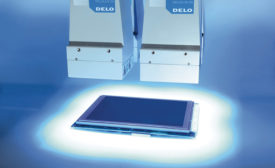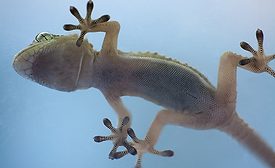Adhesives and Sealants Topics
Advancing Adhesives
A new manufacturing process allows touchscreens to be flexible, curved, 3-D or wearable.
Read More
Ask Dr. Dave
How do I disassemble nuts and bolts that were assembled using anaerobic threadlockers, then re-use the fasteners?
Threadlockers are generally comprised of three common types.
February 1, 2016
Four Ways to Improve Communication at Work
It is possible to build better workplace relationships by communicating clearly and confidently.
February 1, 2016
Market Trends
UV-Curable Ink Applications Increase
Growth in the UV-curable ink market is being spurred by increased use in food and beverage packaging.
February 1, 2016
Market Trends
Convertible Flexible Packaging Demand Increases
Growth areas for flexible packaging include both food and nonfood applications.
February 1, 2016
Increasing Production Marketing, Uptime and Throughput in Packaging Applications
Automatic splicing machines can ultimately provide greater line profitability.
February 1, 2016
Transforming the World through Technology
Experts believe these three technologies will have great potential in the next five years.
February 1, 2016
Curing Adhesives: When Less Intensity Is More
More intensive curing lamps can accelerate the production process of light-curing adhesives, but only up to certain limits.
February 1, 2016
Regulatory Review
The TSCA Miracle of 2015
Passage of the Toxic Substances Control Act (TSCA) is almost a reality.
February 1, 2016
Focus On
Sticking with Science
A new company spun off from the research labs of Carnegie Mellon University is commercializing gecko-inspired dry adhesives.
February 1, 2016
Keep the info flowing with our eNewsletters!
Get the latest industry updates tailored your way.
JOIN TODAY!Copyright ©2024. All Rights Reserved BNP Media.
Design, CMS, Hosting & Web Development :: ePublishing
